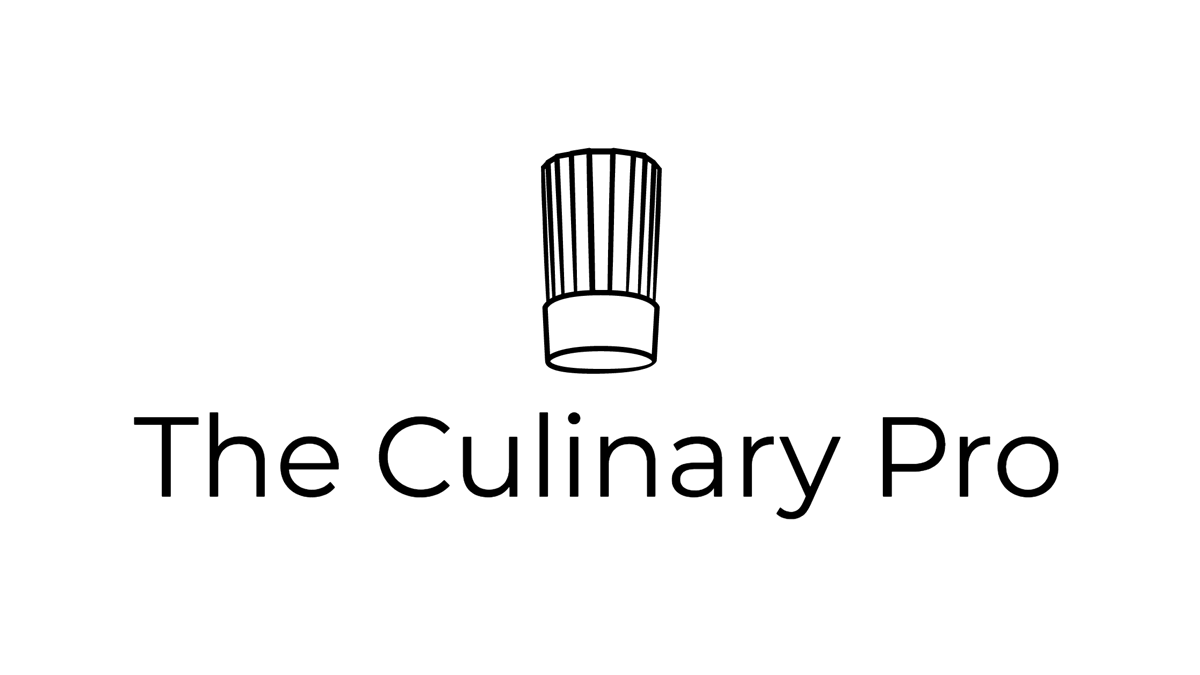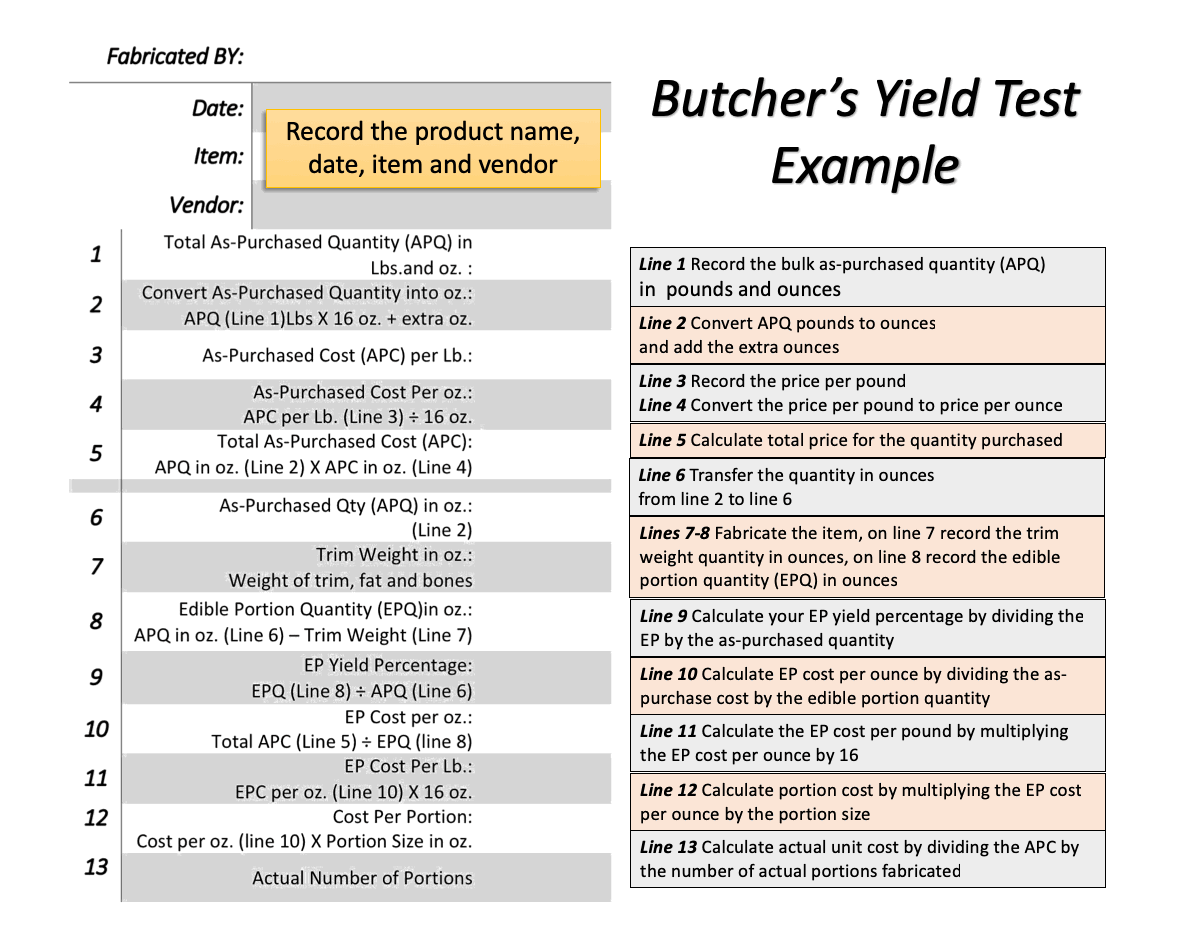Culinary Math
A chef’s routine includes simple to complex math calculations. Examples include counting portions, increasing a recipe yield, determining a ratio for preparing a stock, calculating a plate cost, or establishing a food and labor budget. Culinary math begins with the basics of addition, subtraction, multiplication, division, ratios, yields, and percentages. Ingredients must be measured and scaled accurately, food production quantities are calculated, and recipes are increased or decreased to scale based on demand. Math is used for portion control, to maintain consistency in production, and to compute food costs. Mastering math leads to better results in the kitchen through accuracy and consistency.
U.S. and Metric Measurement Systems
The U.S. measurement system is based on ounces and pounds for weight and cups, quarts, and gallons for volume measurement. While length is measured in inches, feet, and miles, temperatures are scaled according to the Fahrenheit system using 32° as the freezing point for water and 212° as its boiling point.
However, most of the world uses the metric system that measures quantities for weight, volume, and length in multiples of 10, 100, or 1000. Volume is based on liters and milliliters, weight is measured in grams and kilograms, and length is measured in millimeters and meters. Temperatures are calculated using Celsius, which is based on 0-100° representing the freezing point and boiling point of water, respectively.
When precision is necessary, accuracy in temperature and ingredient scaling requires precise calculations using metric measurements. While the merits of metric versus U.S. measurements can be debated, whatever system is used should be memorized for ease in kitchen calculations.
Culinary Math Pointers
Learn the universal abbreviations for measurements.
Be familiar with common conversions between cups, pints, quarts, and gallons.
Memorize how many ounces are in a pound, half-pound, or quarter-pound.
Understand the difference between a dry measure and a liquid measure.
Master basic conversions between weight and volume for select ingredients (liquids, dry ingredients). For example, a cup of flour weighs about half as much as a cup of water.
Weight & Volume Measurement
Professional kitchens commonly use weight to measure dry ingredients and volume to measure liquids. Recipes geared towards home cooks use volume to measure both.
Volume is not the same as weight and can have wildly varying results. Volume works quite well for liquids, like water or milk, but can be less predictable for dry ingredients (a cup of flour weighs anywhere from 4 to 5 ounces). It should be noted that all liquids do not weigh the same (oil weighs less than water).
Weight is absolute, and for that reason, measuring by weight is a more reliable method. Professional bakers and pastry chefs use weight to measure almost everything, including flour, sugar, eggs, and liquids (water, milk, oil).
Today, more chefs rely on weight for measurement than ever before. Many US chefs now use metrics because they are more accurate when measuring small quantities of additives used in molecular cooking. In a professional kitchen, weight should be standard practice.
Standardized Recipes
Most kitchens use recipes to a certain extent, some more than others. Standardized recipes are important to foodservice operations because they provide consistency and uniformity. These recipes are usually developed, and food costs are calculated by the chef or culinary team to suit the needs of the operation and to determine selling prices. Standardized recipes include yield, portion size, ingredients, portion cost, and menu price.
Recipe Conversion
Recipes often need to be increased or decreased in quantity for a specific production requirement. There are ways to increase a recipe by simple multiples, double or triple, for example, or to decrease a recipe by dividing it in half. When a recipe needs to be converted into an odd size, like an increase of 40% or a decrease of 20%, it is better to determine a Recipe Conversion Factor (RCF).
Example of a Standardized Recipe with the Recipe Conversion Factor (RCF)
Recipe Conversion Terminology
Although ingredients can be purchased for use in portion control applications, most ingredients need some processing and therefore require terminology to express their state of the process. For example, fresh produce and meats are often referred to as-purchased (AP) or as-purchased quantity (APQ). Once trimmed or processed, the product is referred to as the edible portion (EP) or edible portion quantity (EPQ). Learn to recognize these abbreviations and use them when calculating production needs or food costs.
Measurement Conversion
Measurements often need converting back and forth from larger units to smaller ones when scaling recipes or when determining purchase quantities based on edible portion size. Remember it is easier working with smaller units than with larger units.
Converting to Smaller Units
Multiply Pounds by 16 to get the total ounces
Example: 3 Lb. X 16 oz. = 48 oz.
Multiply Quarts by 32 to get the total fluid ounces
Example: 2 Qt. x 32 oz. = 64 oz.
Multiply Cups by 8 to get the total fluid ounces in a cup
Example: 3 cups X 8 oz. = 24 fl. oz.
Multiply Cups by 16 to get the total tablespoons of dry weight
Example: 2 cups X 16 Tb. = 32 Tb.
Multiply Gallons by 4 quarts -
Example: 5 G X 4 Qt. = 20 Qt.
Converting to Larger Units
Divide ounces by 16 to get the total pounds
Example: 56 oz./ 16 ounces = 3 Lb. 8 oz.
Divide fluid ounces by 32 to get fluid quarts
Example: 16 Qt./4 = 4 quarts
Divided dry tablespoons by 16 to get the total cups
Example: 20 Tb./16 = 1 ¼ C
As-Purchased and Edible Portion Quantity
Buying minimally processed fresh produce, meats, fish, and seafood often requires trimming, fabricating, and portioning food. Foods purchased in this state are often called the As-Purchased (AP) or As-Purchased Quantity (APQ). Because the yield will vary on food items, a reference guide such as The Book of Yields is a great tool to assist in purchasing decisions. In-house yield tests should be done because products will vary depending on their size, quality, type of crop, the growing season, and regional differences. If you are purchasing locally sourced food, uniformity is even less predictable, so conducting edible portion yield tests is a good idea.
Once a product is cleaned, trimmed, and portioned it is called the Edible Portion (EP) or Edible Portion Quantity (EPQ). The EP is important because it reflects the true quantity needed and the true cost of the food.
Calculating Edible Portion (EP)
The edible portion is the yield after the product is trimmed for use. Begin by weighing the product before cleaning. Trim, fabricate, and portion the product. Weigh the edible portion and divide it by the AP weight. This will give you a percentage.
Formula
EP weight/AP weight = EP percentage (%)
Example
Green Beans – 4 Lb. EP/5 Lb. AP = 80% EP Yield.
Calculating the AP Quantity Based on EP Percentage
Food purchasing often requires AP calculations based on EP yield. If 80 - 4 oz. portions are desired with a product yield of 70%, the formula would look like this:
Formula Example
EPQ/Yield Percentage = APQ.
Portion Size X Number of Portions = Total EPQ needed.
4 oz. portions X 80 portions = 320 oz.
320 oz. / 16 oz. (amount in 1 Lb.) = 20 Lb.
20 Lb. /.70 (70%) = 28.6 Lb.
Round up to 30 Lb.
Trim & Waste
All food operations have waste and trim that must be factored into the cost of doing business. Wasting resources, whether they are food, labor, or utilities, wipes out profit and, along with theft, is a major reason why food operations fail. The job of a good chef is to manage resources and minimize waste by monitoring usage and keeping detailed records.
Useable trim has value to a foodservice operation. A creative chef finds ways to use trim and leftovers. Using trim and leftovers adds to the bottom line. Reducing waste and repurposing leftovers also saves by lowering costs for waste removal.
Vegetable trim can be used in stocks
Meat scraps can be used in ground meats or for stock preparation
Oil and fat can be recycled
Compost unusable vegetable trimmings
Butcher’s Yield Test
A Butcher’s Yield test is used to determine portion cost, edible trim, and yield percentage. Testing is done to ensure costs are in line with recipe prices and to determine if yields are cost-effective. A butcher’s test is important for new menu items or in calculating a replacement for a specific menu item. A butcher’s yield can also be used when comparing similar products from different vendors.
Click Here to Learn More About Butcher’s Yield




